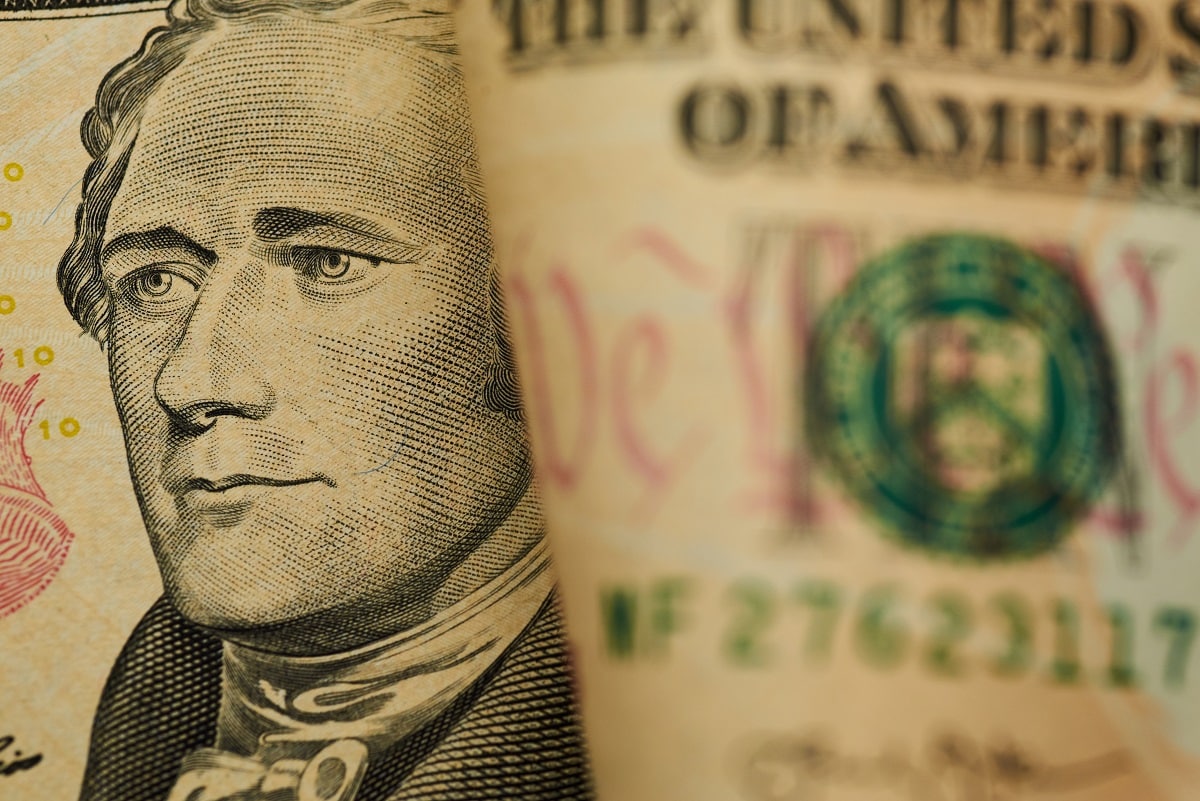Inflation Rises Again In March, Highest Since 1983 – Inflation continues to get worse, with the Federal Reserve’s inflation gauge rising by 5.4% in March after rising by 6.4% in February.
On Thursday, the Commerce Department revealed that inflation has reached its highest level since 1983, marking a forty-year high. The Personal Consumption Expenditures price index increased by 5.4% in March and was only marginally lower than the Dow Jones estimate of 5.5%. It means that prices continue to increase.
Consumer spending rose by just 0.2% in March, less than the 0.5% estimate, while disposable income increased by 0.4% – below the 0.5% predictions. Real disposable income also fell by 0.2%.
Meanwhile, unemployment has risen slightly in the last week of March. According to figures from the Department of Labor, jobless claims hit 202,000 in the week ending March 26, an increase of 14,000 over the previous week and 7,000 more than the estimate of 195,000. Continuing claims, however, saw a drop of 1.3 million. It means that Americans are going back to work in large numbers after COVID-19 stimulus and benefits packages have run out, but this will likely lead to lower wages as employers no longer need to compete.
What is the PCE Index?
The Personal Consumption Expenditures price index tracks the cost of regular expenditures, other than food and energy. Also known as the PCE price index, this gauge measures the prices that people in the United States pay for goods and services.
Food and energy are left out of this price gauge given that the two items are affected by different factors, and by excluding the two it is easier to see more accurate inflationary trends.
That isn’t to say, however, that the cost of food and inflation are not also going up.
U.S. Consumer Confidence Rises
Despite inflationary pressure, U.S. consumer confidence increased slightly in March – likely driven by job growth.
The Conference Board’s index rose to 107.2 from 105.7 in February. It was in line with expectations from a Bloomberg survey of economists who predicted it would reach 107 this month.
Lynn Franco, the Senior Director of Economic Indicators at The Conference Board, described how consumer confidence increased in March after declining in January and February.
“The Present Situation Index rose substantially, suggesting economic growth continued into late Q1. Expectations, on the other hand, weakened further with consumers citing rising prices, especially at the gas pump, and the war in Ukraine as factors. Meanwhile, purchasing intentions for big-ticket items like automobiles have softened somewhat over the past few months as expectations for interest rates have risen,” Franco said.
Franco added that consumer confidence has held up surprisingly well given geopolitical uncertainties and predictions that inflation will reach an all-time high of 7.9% by the end of this year.
Increased consumer confidence will not necessarily mean an increase in sales, however, as Franco explains that market uncertainty could “cool spending further in the months ahead.”
Jack Buckby is a British author, counter-extremism researcher, and journalist based in New York. Reporting on the U.K., Europe, and the U.S., he works to analyze and understand left-wing and right-wing radicalization, and reports on Western governments’ approaches to the pressing issues of today. His books and research papers explore these themes and propose pragmatic solutions to our increasingly polarized society.

